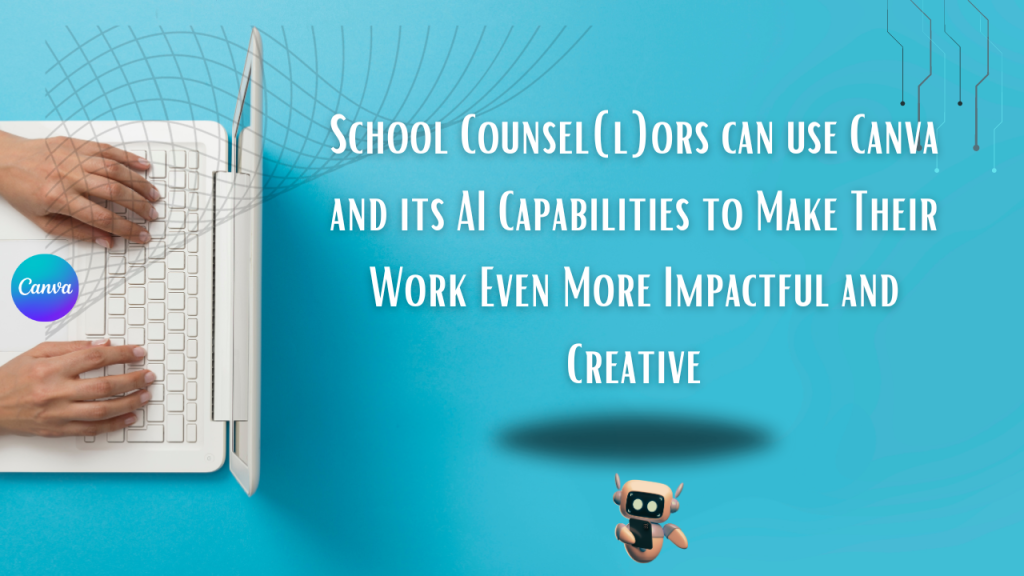- counsellortalk
- 4 min read
Updated: Aug 19

Hope is the quiet voice that keeps us moving forward. In challenging times, it’s more important than ever to focus on what truly matters—family, friends, and kindness. Share encouragement, show compassion, and create ripples of hope in someone's life today. How will you spread hope?
Hope is a Choice. It is saying Yes to Life Ronna Jevne
Tom Bodett says you need three things in life to be truly happy. 1. Someone to love 2. Something to do and 3. Something to hope for.
Here are a few ways to spread hope in the lives of youth:
Remember that hope is a social gift that happens in relationship … we as counsellors are cultivators of possibility, who have a pivotal role in helping youth find a pathway to hope and resilience.
Be a model of HOPE.
Use hopeful language. You will get through this. I believe in you and i know you will be able to figure this out. You have faced challenges before and i know you will be able to get through this.
Encourage gratitude practices.
Validate their experiences and stories.
Help youth understand their own sense of agency- the belief that they have control over their own actions and can influence the future. You could use Circles of Control worksheets and encourage students to take action , so they don't feel stuck.
Teach self advocacy skills. Asking for help, expressing their needs and boundaries in a healthy way.
Teach youth that having a voice matters.
Help them see the parts of their own story that can lead to hope.
Highlight their unique perspectives and strengths in their storytelling.
Help them to articulate their story to be able to move forward. You can use prompts and journaling activities from the book Counsellor Talk.
Help them shift their consciousness by reframing negative thoughts, setting small goals and visualizing a hopeful future.
Find strategies to help them to see what is possible and that they matter.
Help them have compassion for things we will never know … purpose.
Help youth Identify things they are good at and assist them in capturing the enthusiasm to pursue those things.
Help youth find others that will be friends to their mind.
Ask youth how have they have managed to have hope given what has happened to them?
Help youth see all the positive possibilities that could come into their future.
Have guests who have overcome adversity speak to youth.
Find out what they are excited and passionate about and help youth do more of those things.
Help them see their growth over time. help them see that each chapter of their story will bring new insights and learning.
As Counsellors we need to be ...
The ones that lets hope beget hope.
Present and patient.
Reminded that hope can be cultivated and we have a huge role to play.
The one who sees the pain and does something about it by small actions or words that instil hope.
The thermometer in the room that helps youth see it can be better than this.
The facilitators of wrap around systems of support like mentors, teachers. counsellors, therapists, and positive adult role models.
The one who creates a safe space where youth feel understood and supported.
The person who thinks about things that will STICK with youth. " Your story isn't over yet", "You are stronger than you think", "Small steps forward matter'. No challenge is too big when you take ONE MOMENT , ONE MINUTE, ONE HOUR, ONE DAY AT A TIME.
As educators you can:
Have students create hope posters.
Create Bags of Hope to give to those less hopeful.
Create vision boards of hope
Create or find photos that represent hope and share with the class.
Here are a few ideas to inspire you. Pass it On is also a great resource.
Encourage students to :
Make videos of HOPE
Create Art pieces around the theme of HOPE
Make slide decks on HOPE
Design hopeful songs or music
Find people who inspire HOPE and write about them.
Brainstorm ways to inspire hope in others.
Make trading cards the size of hockey cards and design cards of HOPE that they can trade with others .
Have students write letters of hope.
Perform Random Acts of kindness that will inspire hope.
Create hope bookmarks.
Shane Lopez from the University of Kansas @hopemonger in his book Making Hope Happen: Create the Future You Want For Yourself and Others discusses the 4 core beliefs that hopeful people share :
The future will be better than the present
I have the power to make it so
There are many paths to my goals
None of them is free of obstacles
I discuss this with youth and let them know they matter. I hope you do too! We need to help youth find the many pathways to reaching their goals and having hope.
We as counsellors can help youth imagine the way things could be … then HOPE will be born. Let's be the cultivators of hope planting seeds of possibility into the hearts of those we serve.
“Be passionate, fall madly in love with life. Be passionate about some part of the natural and/or human worlds and take risks on its behalf, no matter how vulnerable they make you.” … “Offer yourself to the world — your energies, your gifts, your visions, your heart — with open-hearted generosity.” – Parker Palmer
For more ideas and resources visit the Counsellor Talk Store
Printables that will make a difference and help educators, counsellors, and teens with daily living.
Tools you can use. Support that makes sense.




